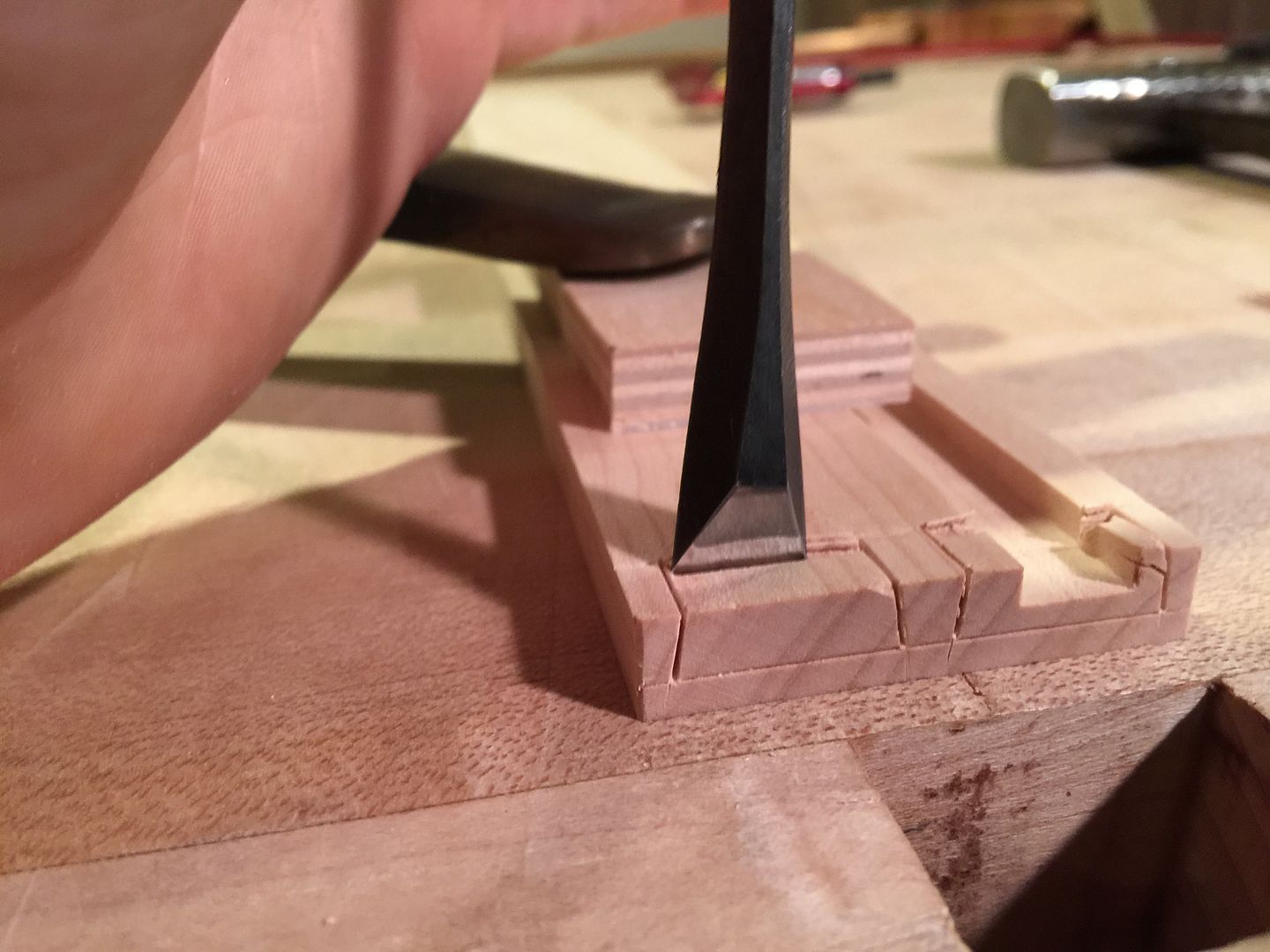Well, I am absolutely sure about the Damascus steel. When they make that from high and low carbon steel, they end up with a medium carbon steel throughout. But there still are very definitive color differences between the layers, due to other elements in the steel that don't diffuse so easilly around. Wrought iron contains a lot of sulphur while white steel doesn't, for example, but I don't know if that explains the color difference.
There is a very interesting study about 18th century woodworking tools available online:
http://preserve.lehigh.edu/cgi/viewc...66&context=etd
They meassured the hardness along the length of several chisels. In the area where the steelbit starts they measured a gradual increase of the hardness over a length of 2.25 mm (average). I don't know how quickly the hardness increases over the thickness of the chisel, but there is one image (nr. 16) that clearly shows this transition zone.
BTW, I think that the making of blister steel takes so long because the carbon has difficulty to jump the gap between the steel and the charcoal.




 Reply With Quote
Reply With Quote





